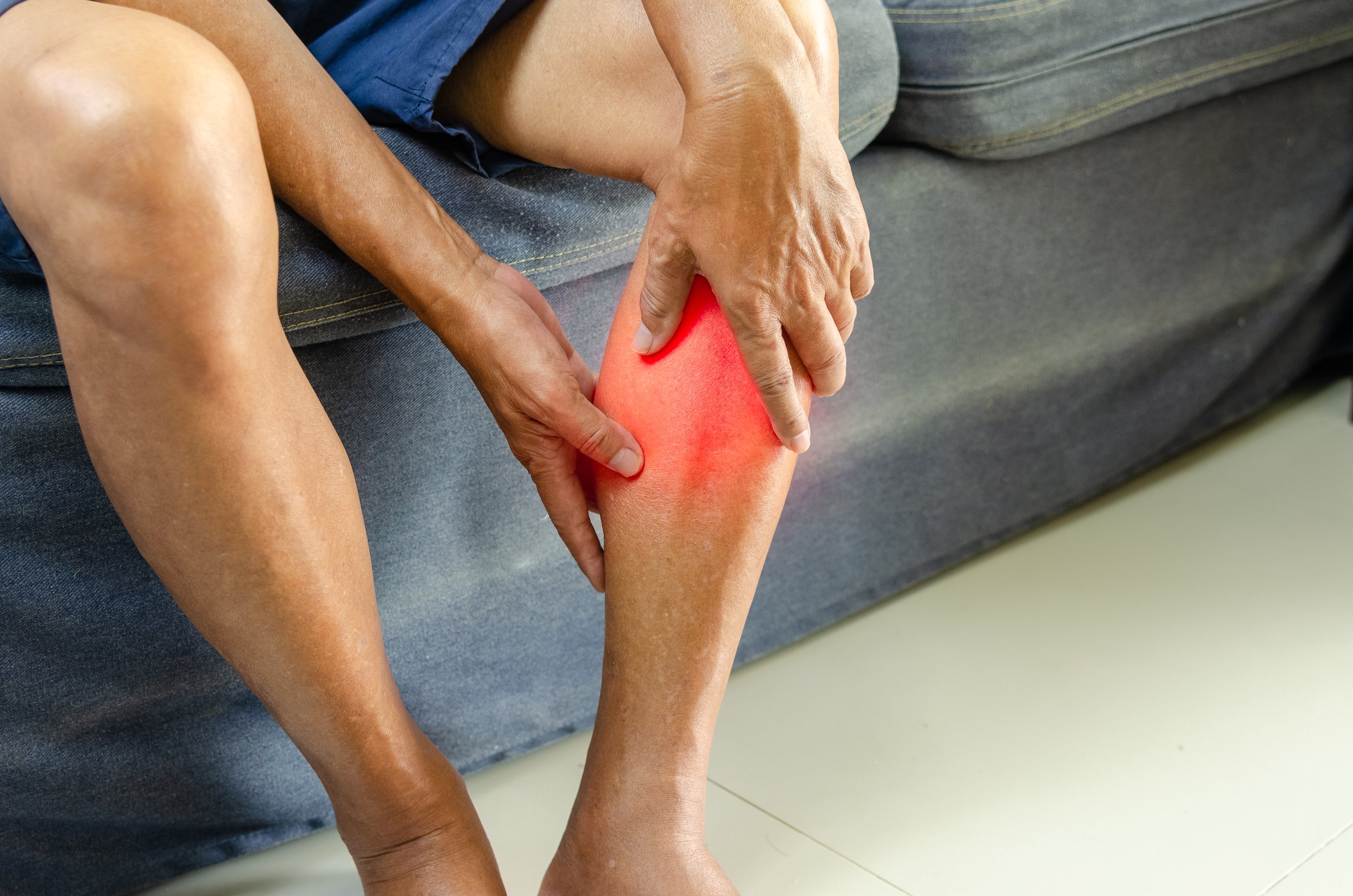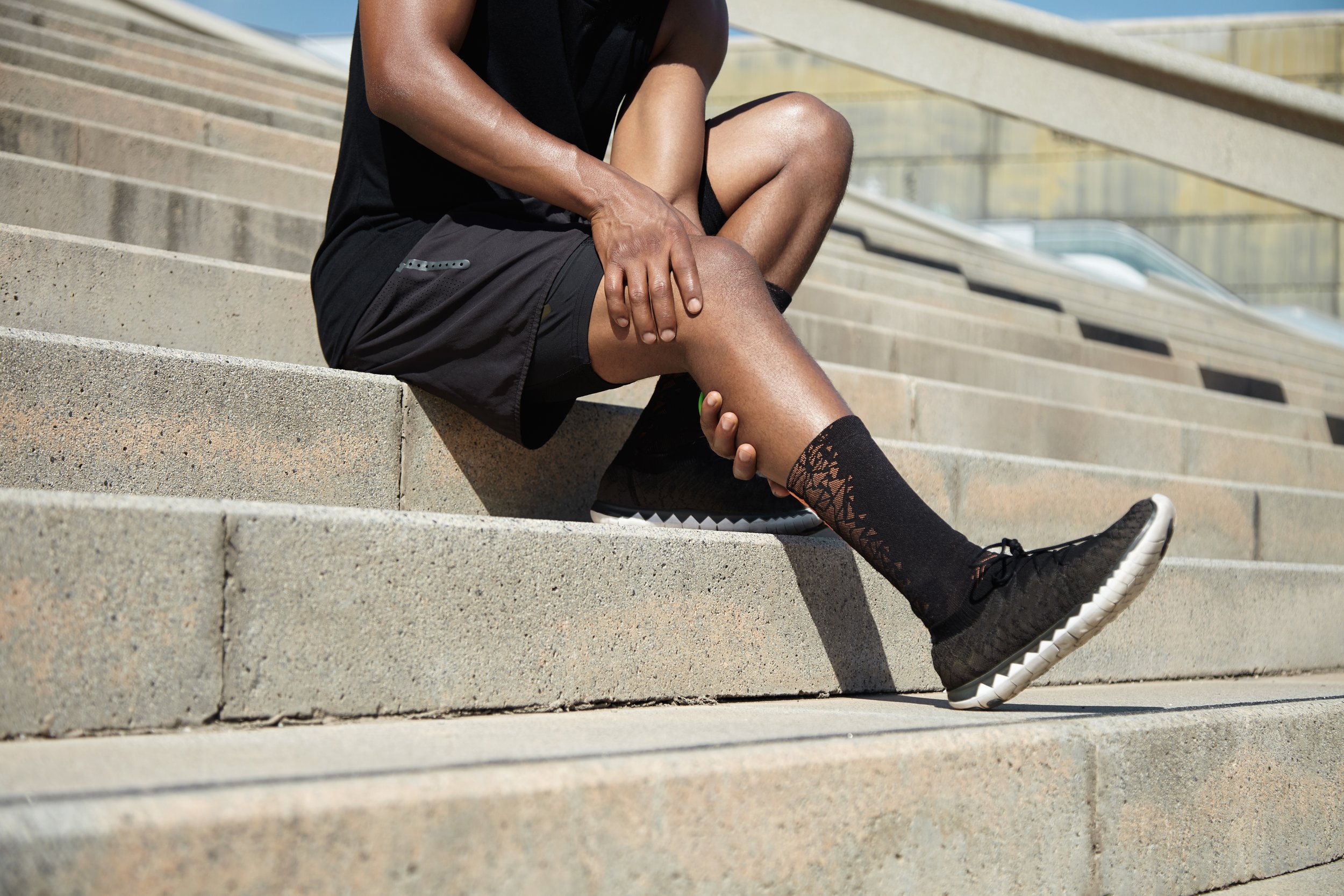Knee & Leg Pain and Injury Treatment at Melbourne Physio Clinic
At Melbourne Physio Clinic, we understand how knee and leg pain can severely limit your ability to move and participate in daily activities. Whether you’re dealing with an acute injury or a chronic condition, our team of expert physiotherapists is dedicated to helping you recover, regain function, and prevent further issues.
Common Knee & Leg Conditions We Treat
At Melbourne Physio Clinic, we provide expert care for a wide range of knee and leg conditions, including:
LEARN MORE ABOUT EACH CONDITION
Knee Arthritis
Knee Replacement
Knee Arthroscopy
Knee Bursitis
ACL Injury
PCL Injury
MLC Injury
LCL Injury
Meniscus Injury and Tears
Patella Dislocation
Patellofemoral Pain Syndrome (Chondromalacia Patella)
Pes Anserinus
Plica Syndrome
Popliteus Tendinopathy
Osgood Schlatter Disease
Patellar Enthesopathy
Quad Strain
Patellar Enthesopathy
Quadriceps Tendinopathy
Referred Pain and Neural Symptoms from Lower Back
Sliding Larsen Johansson Syndrome
Knee and leg pain can arise from a variety of sources, including injury, overuse, or degenerative conditions. These issues can significantly impact your mobility, balance, and overall quality of life. Our physiotherapists will assess your condition and develop a customised treatment plan tailored to your specific needs.
Understanding Knee & Leg Pain and Injuries
What Causes Knee & Leg Pain?
Injury
Injuries to the knee or leg can occur due to sports, accidents, or even everyday activities, resulting in ligament sprains, muscle or meniscus tears, or fractures.
Overuse
Repetitive movements, especially in activities like running or cycling, can lead to conditions such as tendinopathy, patellofemoral pain, or iliotibial band (ITB) syndrome.
Degenerative Conditions
As we age, conditions such as osteoarthritis can develop in the knee joint, causing pain, stiffness, and reduced mobility.
Some Symptoms of Knee & Leg Pain
Pain and Swelling
Injuries to the knee or leg may result in localised pain, swelling, and tenderness, making it difficult to move or bear weight on the affected limb.
Instability and Weakness
Ligament injuries or muscle strains can cause weakness or instability in the knee, increasing the risk of falls or further injury.
Stiffness and Reduced Range of Motion
Degenerative conditions like osteoarthritis can lead to stiffness in the knee joint, reducing your ability to bend or straighten the leg fully.
How Physiotherapy Can Help
Physiotherapy plays a vital role in treating knee and leg pain by addressing the underlying cause of your condition. Our physiotherapists combine manual therapy, strengthening exercises, and rehabilitation strategies to alleviate pain, restore mobility, and prevent re-injury.
Pain Management
Our team uses soft tissue massage, joint mobilisations, and other manual techniques to relieve pain and reduce inflammation in the knee and leg.
Restoring Mobility
Through personalised exercise programs, we focus on improving flexibility and strength in the muscles surrounding the knee and leg, helping you regain full mobility.
Post-Injury or Post-Surgical Rehabilitation
If you’ve suffered an injury or undergone surgery, our physiotherapists will guide you through a structured rehabilitation program designed to restore function, reduce pain, and minimise the risk of future injury.
Preventing Future Injury
We provide education on proper movement mechanics, posture, and exercises to help prevent re-injury and maintain long-term knee and leg health.
Our Treatment Approach
Initial Assessment
We start with a thorough evaluation to identify the underlying cause of your knee or leg pain. This includes a detailed physical assessment, discussion of your symptoms, lifestyle factors, and specific goals for recovery and performance.
Customised Treatment Plan
Following the assessment, we develop a tailored treatment plan designed to address your knee or leg injury. This plan is focused on your unique condition, whether it’s related to a ligament strain, muscle tear, tendinitis, or other issues.
Hands-on Techniques
Our manual therapy techniques, such as joint mobilisation, deep tissue massage, and stretching, target the affected muscles and joints in your knee and leg. These treatments help reduce pain, improve mobility, and speed up recovery.
Post-Surgical Rehab
For individuals recovering from knee or leg surgeries—such as ACL reconstruction, meniscus repair, or fractures —our post-surgical rehabilitation program is designed to restore strength, mobility, and stability, while minimising the risk of future injury.
Melbourne Physio Clinic Top Tips for Knee & Leg Pain Management
Strengthen Surrounding Muscles: Regular strengthening exercises for the quadriceps, hamstrings, and calf muscles can support the knee and leg, reducing the risk of injury.
Stay Active: Low-impact activities like swimming or cycling can help maintain mobility and strength without placing excessive strain on the knee.
Use Proper Footwear: Wearing shoes tailored to your needs can help reduce stress on the knee and leg during activity.
Maintain Good Posture and Alignment: Proper alignment of the body during movement can prevent unnecessary strain on the knee joint.
Book Now
Don’t let knee or leg pain slow you down. Book an appointment with our experienced physiotherapists at Melbourne Physio Clinic and take the first step toward recovery and pain-free movement.



